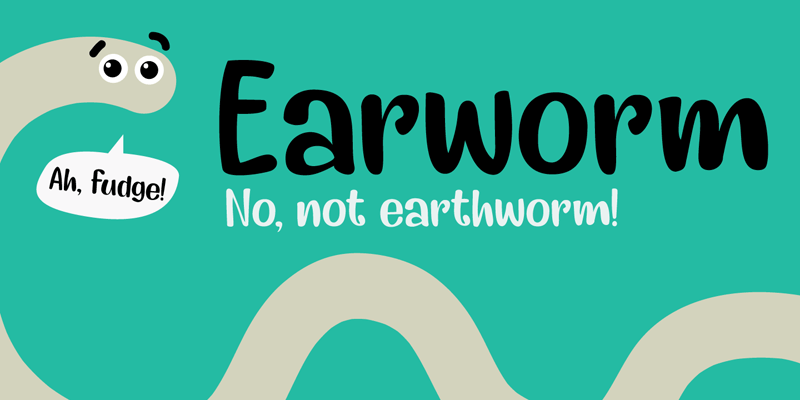This week I performed a demo of the first version of the dtw matching algorithm. I then refined the algorithm even past the demo. I tried out a few more test cases that I hadn’t considered last week, including
prioritizing pattern over pitch (transpose invariant)
prioritizing majority pattern over accurate pattern.
My very next task is to do MIDI processing so that we can begin library synthesis. I will work with getting these in a MATLAB format, I have already contacted Professor Dannenberg’s Master’s student who does melody contouring into MIDIs by hand and with some automated tools. We have a meeting scheduled for Monday to explore the options and figure out how it works.
My goal is to finish this part and then immediately get things in the right format so my algorithm can start matching against the library. I’m sure that’s when interesting bugs will come up, and I’ll save further refinement for the week after!
I might be like half a week behind schedule, since finding a time to metope for MIDI processing took a bit longer than hoped. But hopefully I can make up for the future debugging with the exploration of other test cases I did in the waiting period.
